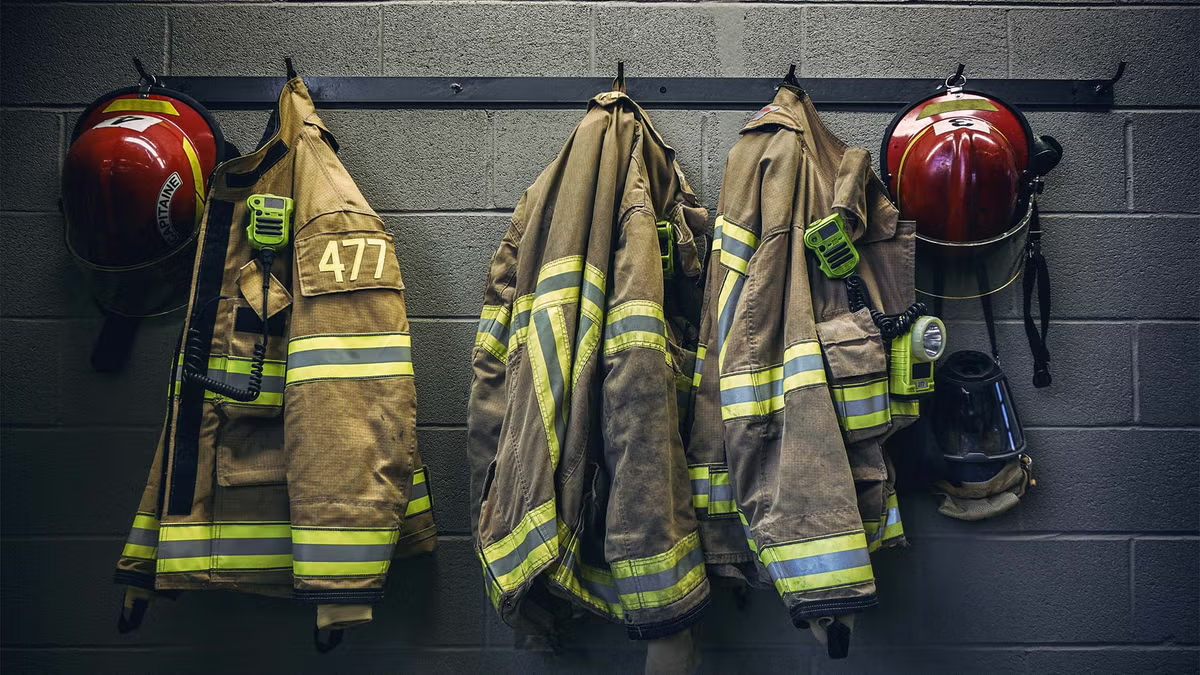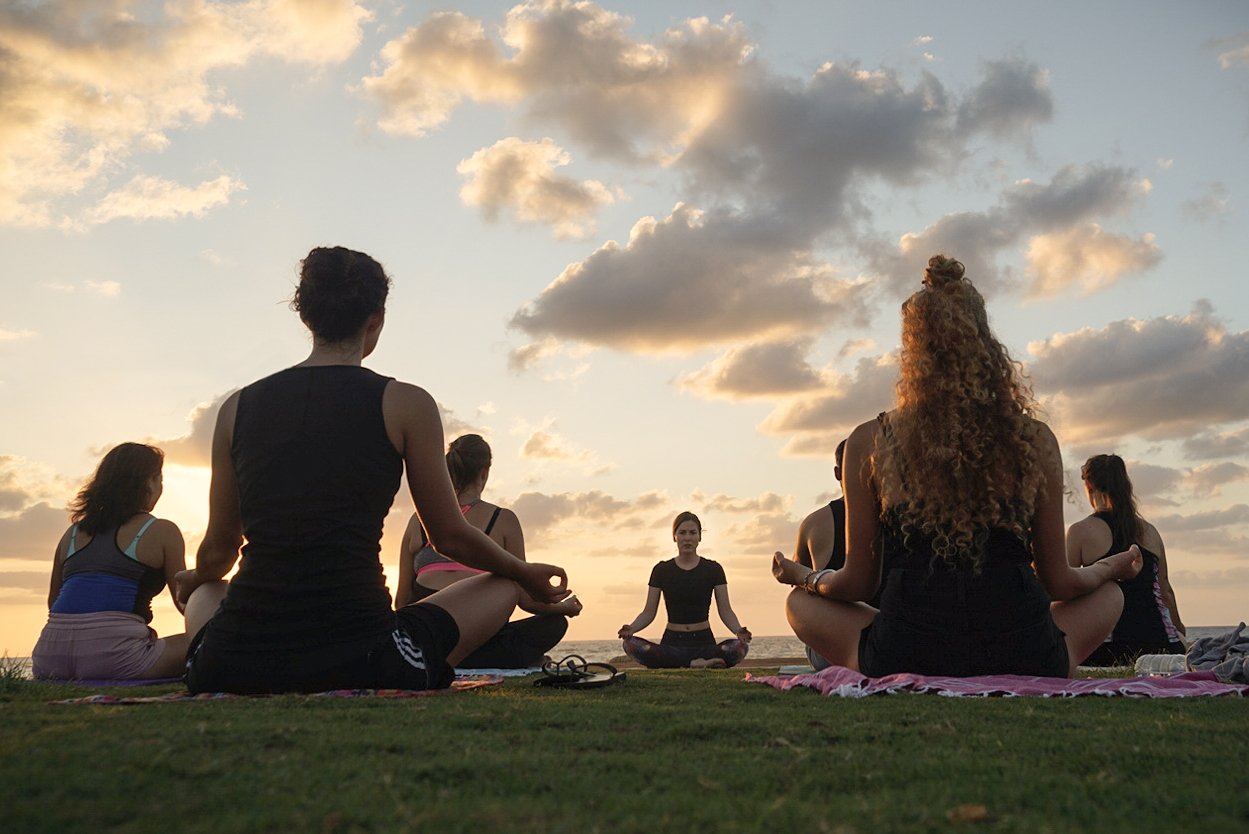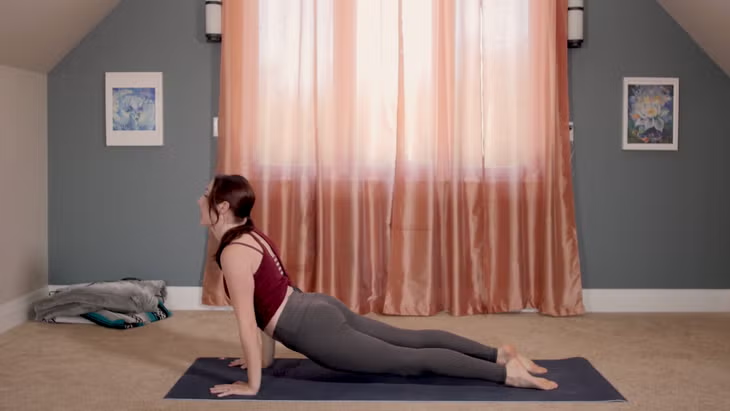Teaching yoga to New York City firefighters has been one of the most humbling and transformative experiences of my life. Over the past five years, I’ve had the privilege of guiding these everyday heroes through breathwork, mindfulness, and movement in a small studio tucked away in Brooklyn. What started as a side gig to share my passion for yoga turned into a profound journey of learning, connection, and growth. Firefighters face unimaginable stress—rushing into burning buildings, carrying the weight of life-and-death decisions, and navigating the emotional toll of their work. Bringing yoga into their world taught me lessons that reshaped how I view resilience, vulnerability, and community. Below, I share the three biggest lessons I’ve learned, woven with stories from the mat, practical insights, and a deep respect for the men and women who serve.
Lesson 1: Resilience Is Built Through Small, Consistent Actions
Firefighters are often seen as the epitome of strength—physically and mentally. But what I learned from teaching them yoga is that resilience isn’t about grand gestures or superhuman feats. It’s about showing up, day after day, with small, intentional actions that compound over time.
In my first class with Engine Company 123, I expected a room full of tough guys skeptical of yoga’s “woo-woo” reputation. Instead, I met a group of men and women eager to try something new. One firefighter, Mike, a 20-year veteran with a thick Brooklyn accent, admitted he was there because his back pain was unbearable after years of hauling heavy gear. By the end of our eight-week program, Mike could touch his toes for the first time in a decade—not because of one miraculous session, but because he showed up, stretched, and breathed through discomfort every week.
Why Consistency Matters More Than Intensity
Firefighters’ schedules are grueling—24-hour shifts, unpredictable emergencies, and little time for self-care. Yoga became their anchor, a 60-minute space to focus on their bodies and minds. I saw firsthand how small habits, like five minutes of deep breathing or a gentle spinal twist, could reduce stress and improve mobility over time.
Practical Takeaway: Start Small, Stay Steady
You don’t need to overhaul your life to build resilience. Start with a five-minute morning stretch or a moment of mindful breathing. Consistency trumps intensity every time—whether you’re a firefighter or a desk worker.
- Daily Practice: Try a simple yoga pose like Cat-Cow to release tension.
- Breathwork: Practice 4-4-4 breathing (inhale for 4, hold for 4, exhale for 4) to calm your nervous system.
- Track Progress: Use a journal to note how small habits improve your mood or energy.
Lesson 2: Vulnerability Is a Strength, Not a Weakness
Firefighters carry a tough exterior, but yoga revealed a side of them I didn’t expect: raw, honest vulnerability. In a culture where “suck it up” is the unspoken motto, watching these heroes open up about their struggles was a lesson in courage. Yoga created a safe space for them to let their guard down, and it taught me that vulnerability is the foundation of true strength.
One evening, after a particularly intense class, a firefighter named Sarah shared that she’d been struggling with nightmares after a traumatic call. She said the mindfulness exercises we practiced—focusing on the breath and grounding the body—helped her feel “less like I’m drowning.” Her willingness to share sparked a ripple effect; others opened up about their own challenges, from PTSD to chronic pain. It wasn’t just yoga poses; it was the space to be human that made the difference.
The Power of Safe Spaces
Yoga classes for firefighters weren’t just about physical flexibility—they became a sanctuary for emotional release. I learned to hold space for their stories, whether through guided meditation or a quiet moment after class. This taught me that vulnerability isn’t weakness; it’s the courage to face your truth.
How to Embrace Vulnerability in Your Life
You don’t need to be a firefighter to benefit from vulnerability. Whether it’s admitting you’re overwhelmed at work or asking for help, embracing your truth builds stronger connections and personal growth.
- Journaling: Write about a challenge you’re facing to process emotions.
- Find Your Tribe: Join a group—like a yoga class or support circle—where you feel safe to share.
- Practice Self-Compassion: Treat yourself with the same kindness you’d offer a friend.
| Vulnerability vs. Toughness | Vulnerability | Toughness |
|---|---|---|
| Definition | Being open about struggles and emotions | Suppressing emotions to appear strong |
| Impact on Mental Health | Reduces stress, fosters connection | Can lead to burnout, isolation |
| Example in Practice | Sharing feelings in a safe group | Ignoring pain to “push through” |
Lesson 3: Community Heals and Uplifts
Firefighters live and breathe teamwork. Their lives depend on it. Teaching yoga to them showed me the power of community in healing and growth. The studio became more than a place to stretch—it was a space where they laughed, shared stories, and supported each other. This sense of togetherness transformed my understanding of how we heal, both individually and collectively.
During one memorable class, a rookie firefighter named Jamal struggled with a balance pose. The room erupted in good-natured laughter when he toppled over, and an older firefighter, Tom, jumped in to help him find his footing. By the end of the session, they were joking like old friends. That moment crystallized for me how community turns vulnerability into strength and struggle into growth.
Why Community Matters for Healing
Firefighters face trauma daily, and isolation can make it worse. Yoga classes gave them a space to connect, not just with their bodies but with each other. I saw how laughter, shared struggles, and even silly moments—like trying to hold Tree Pose—built bonds that carried them through tough days.
Building Your Own Support System
You don’t need a firehouse to create community. Whether it’s a yoga class, a book club, or a group of friends, surrounding yourself with supportive people can transform your perspective and resilience.
- Join a Class: Try a local yoga or fitness group to meet like-minded people.
- Volunteer: Giving back fosters connection and purpose.
- Stay Consistent: Show up regularly to build trust and deepen relationships.
| Pros of Community Support | Cons of Going It Alone |
|---|---|
| Emotional support and shared experiences | Risk of isolation and burnout |
| Accountability for goals | Lack of perspective or feedback |
| Opportunities for growth | Limited resources for coping |
People Also Ask (PAA) Section
How Does Yoga Help Firefighters Manage Stress?
Yoga helps firefighters manage stress by combining physical movement, breathwork, and mindfulness. Poses like Child’s Pose or Forward Fold release physical tension, while deep breathing calms the nervous system. Regular practice can lower cortisol levels and improve mental clarity, helping them navigate high-pressure situations.
Can Yoga Improve Physical Fitness for Firefighters?
Yes, yoga enhances flexibility, strength, and balance, which are critical for firefighters who carry heavy gear and navigate unpredictable environments. Poses like Plank and Warrior II build core strength, while stretches improve mobility, reducing the risk of injury on the job.
What Are the Mental Health Benefits of Yoga for First Responders?
Yoga supports mental health by reducing symptoms of anxiety, depression, and PTSD. Mindfulness practices help first responders process trauma, while group classes foster a sense of community, combating the isolation that often comes with the job.
Where Can Firefighters Find Yoga Classes Tailored to Their Needs?
Many fire departments partner with local studios or wellness programs to offer tailored yoga classes. Organizations like Yoga for First Responders provide specialized training and resources. Check with your local fire station or search online for “yoga for first responders near me.”
Practical Tools and Resources for Yoga and Wellness
Best Tools for Practicing Yoga at Home or Work
- Yoga Mats: A high-quality, non-slip mat like the Manduka PRO (available on Amazon) ensures stability during practice.
- Meditation Apps: Apps like Headspace or Calm offer guided meditations tailored for stress relief.
- Online Classes: Platforms like Yoga for First Responders or Glo provide firefighter-specific sessions.
Where to Find Yoga Training for First Responders
- Yoga for First Responders: Offers online and in-person training designed for firefighters and other emergency personnel.
- Local Studios: Search for studios offering trauma-informed yoga or classes for first responders.
- Community Centers: Many offer affordable group classes that foster connection.
Comparison: In-Person vs. Online Yoga for Firefighters
| Feature | In-Person Yoga | Online Yoga |
|---|---|---|
| Accessibility | Limited by location and schedule | Available anytime, anywhere |
| Community | Strong sense of group connection | Limited interaction, but improving |
| Cost | Often $10–$20 per class | Free to $15/month subscriptions |
| Customization | Tailored to group needs | Wide variety, but less personalized |
FAQ Section
How Often Should Firefighters Practice Yoga?
Firefighters should aim for 2–3 sessions per week, even if they’re just 15–20 minutes long. Consistency matters more than duration, and short sessions can fit into busy schedules.
Is Yoga Suitable for Beginners with No Experience?
Absolutely! Yoga is beginner-friendly, especially with modifications. Start with simple poses like Mountain Pose or Seated Forward Fold, and work with an instructor who understands your needs.
Can Yoga Help with PTSD in First Responders?
Yes, yoga can reduce PTSD symptoms by calming the nervous system and promoting mindfulness. Trauma-informed yoga, in particular, is designed to support emotional healing.
What Equipment Do I Need to Start Yoga?
You need minimal equipment: a yoga mat, comfortable clothing, and optional props like blocks or a strap. Many poses can be done without any gear, making it accessible for beginners.
How Do I Find a Yoga Instructor for Firefighters?
Look for instructors trained in trauma-informed yoga or programs like Yoga for First Responders. Local studios or fire department wellness programs are great starting points.
Final Thoughts
Teaching yoga to NYC firefighters has been a masterclass in resilience, vulnerability, and community. These lessons—built through small, consistent actions; embracing vulnerability as strength; and leaning on community for healing—are universal. Whether you’re a first responder, an office worker, or anyone navigating life’s challenges, yoga offers a path to balance and growth. Try a class, start small, and find your people. The mat is waiting.
For more resources, check out Yoga for First Responders or explore local wellness programs for first responders.



